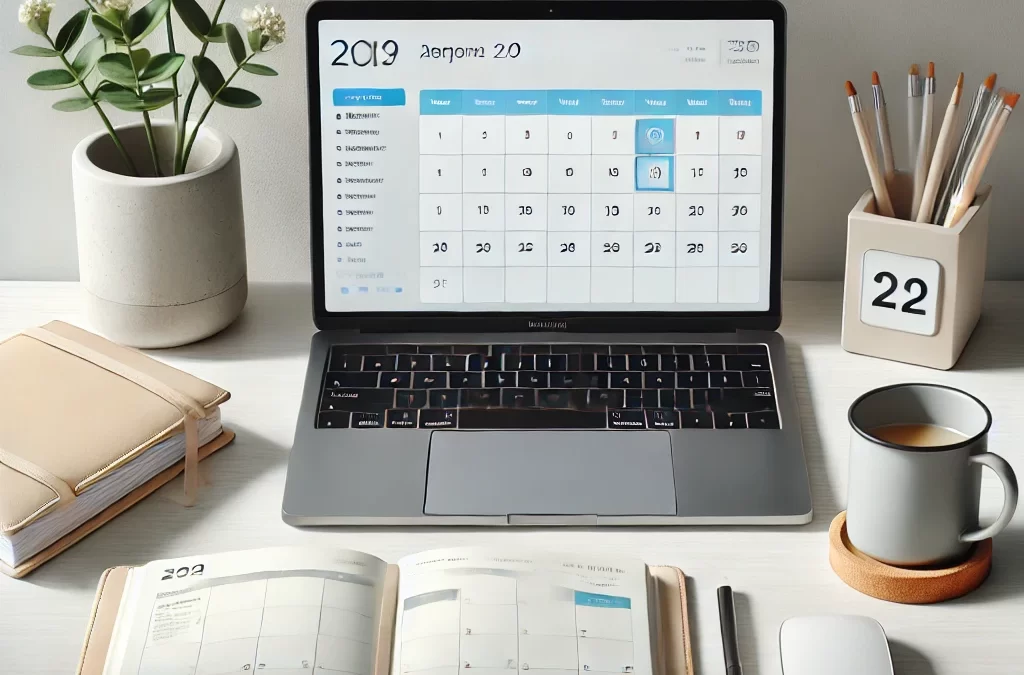Let’s face it—managing time can feel like herding cats. But did you know that accountability systems can be the game-changer you’ve been looking for? Whether you’re overwhelmed by distractions, procrastination, or just trying to balance a hectic schedule, accountability systems can help you manage your time more effectively, stay productive, and hit your goals with less stress.
Accountability systems aren’t just for your personal trainer or boss. They can be one of the most powerful ways to manage your time effectively, whether you’re a freelancer, entrepreneur, or someone just trying to juggle work, life, and all the things in between. Let’s dive into some tried-and-true methods that will help you stay on track, hit your goals, and stop losing precious time to the chaos of everyday life.
Why Accountability Matters for Time Management
We’ve all heard that time is money, but time is also freedom, focus, and peace of mind. When you’re not managing your time effectively, you’re giving up more than just productivity. It can lead to stress, missed opportunities, and a general feeling of not having control over your own life.
Accountability is like having a built-in GPS for your goals. It keeps you honest with yourself, helps you prioritize what really matters, and, most importantly, holds you to your commitments. Whether you’re using external help, like accountability partners, or internal systems, the goal is to keep yourself in check.
Types of Accountability Systems to Consider
There’s no one-size-fits-all when it comes to managing time. Different methods work for different people, so it’s essential to experiment and find what clicks for you. Below, we’ll explore both internal and external accountability systems that can help boost your time management game.
1. Accountability Partners or Groups
One of the most powerful ways to stay on track is to find someone who can keep you accountable. An accountability partner is someone you regularly check in with about your goals, progress, and setbacks. Whether it’s a friend, colleague, or coach, the key here is honesty and consistency.
- How It Works: You and your partner agree on specific goals and timelines. Then, you set up regular check-ins—daily, weekly, or monthly—where you report your progress.
- Why It Works: Knowing someone is waiting to hear from you and holding you accountable can be a huge motivator to stay focused. Plus, it’s harder to make excuses when someone else is involved.
If one-on-one feels too intense, consider joining a group where everyone checks in on each other. This is especially popular in mastermind groups or professional networks.
Action Tip: Use apps like Slack or Asana to create shared accountability groups. These tools allow for regular updates and keep communication seamless.
2. Task Management Apps with Built-in Accountability Features
Sometimes technology is your best accountability buddy. Tons of task management apps not only help you organize your to-do list but also offer features that nudge you to stay on track. Some even come with reminders, progress tracking, and the ability to share your tasks with others.
- Examples: Todoist, Trello, and Monday.com are fantastic options. They allow you to set deadlines, assign tasks (even to yourself), and keep track of how far you’ve come. Plus, most apps send you notifications when you’re falling behind.
- Why It Works: When your phone pings you with reminders or flashes a task list that needs checking off, it’s harder to ignore what needs to get done.
Action Tip: Set up recurring tasks and deadlines on these apps and sync them with your calendar so nothing slips through the cracks.
3. Self-Imposed Deadlines
We tend to get more done when we’re on a deadline. But here’s the trick: the deadlines don’t have to come from someone else. Setting internal deadlines for your own tasks is a highly effective way to manage time.
- How It Works: Assign yourself a specific end time for each task or project, and be as strict about it as you would be with a deadline from your boss.
- Why It Works: Timeboxing your tasks keeps you focused and prevents tasks from expanding beyond their importance. It also trains your brain to work efficiently within set periods.
Action Tip: Use the Pomodoro Technique—set a timer for 25 minutes, work non-stop on a task, and then take a short break. Repeat until the task is done.
4. Time-Tracking Tools
If you’ve ever wondered where all your time goes, time-tracking tools can be a real eye-opener. Apps like Toggl or Clockify allow you to track how much time you spend on each task, and this data can help you identify where you’re wasting time and where you’re most productive.
- How It Works: Every time you start a task, you turn on the timer. When you finish, stop it. Review your time logs at the end of the day or week to see where your time is going.
- Why It Works: When you can see in black-and-white where you’re spending too much (or too little) time, you’re more likely to make necessary adjustments. Plus, seeing how much time you’re actually working vs. how much you think you’re working can be a reality check.
Action Tip: Commit to tracking your time for one full week. At the end of the week, review your log and make one or two small adjustments to optimize your time.
5. Habit-Tracking Systems
Sometimes, managing time isn’t just about hitting deadlines but building habits that make you more productive in the long run. Habit-tracking systems can help you focus on consistency over perfection, which is often key to long-term time management success.
- How It Works: Create a simple chart where you track your daily habits—things like waking up at the same time, setting priorities for the day, or spending 30 minutes reading. Tools like Habitica or even a physical journal work wonders for this.
- Why It Works: Tracking habits forces you to be consistent, and over time, these small actions compound into big results. Consistency is king when it comes to managing your time and energy.
Action Tip: Focus on one or two habits to track at first. Once they’re solid, add more to your list.
Putting It All Together
Accountability systems work best when you make them part of your daily routine. Here’s a simple approach to get started:
- Choose Your System: Pick one or two of the accountability systems we’ve discussed that resonate with you.
- Set Clear Goals: Break down your time-management goals into bite-sized, specific tasks.
- Track Progress: Use your chosen method (apps, partners, self-imposed deadlines) to stay on track.
- Review Regularly: At the end of each week or month, review what worked, what didn’t, and where you can improve.
Remember, the goal isn’t to turn yourself into a time-management robot. It’s about creating systems that keep you aligned with your priorities and give you the freedom to get things done without stress.
Time management doesn’t have to be a constant struggle. With the right accountability system in place, you’ll be hitting your goals, reducing stress, and making the most of every day.

